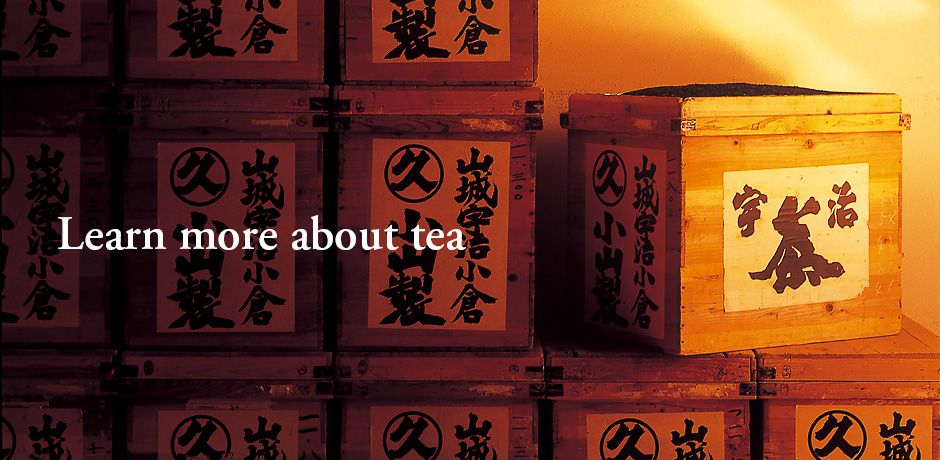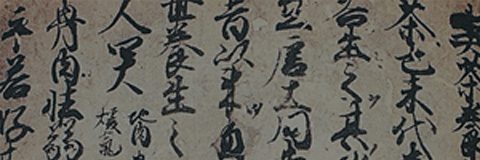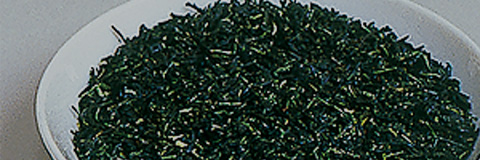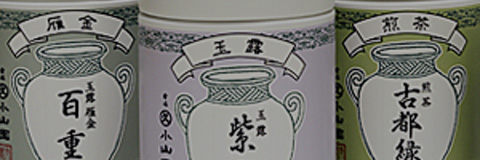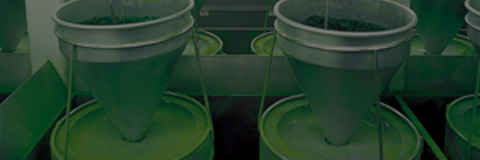About Matcha
About Matcha
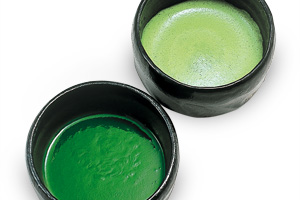
Koicha and Usucha
Matcha can be made in two consistencies, thin like regular coffee 'usucha' or very thick like cream soup 'koicha'. All Matcha can be enjoyed as usucha, however, only the highest quality matcha are suitable for koicha. Since koicha is quite thick, it requires matcha that is less astringent than standard matcha for usucha. Among Marukyu Koyamaen matcha, "Kinrin" and up may be enjoyed as either thick or thin tea, while "Wako" and down should only be used for usucha, thin tea.
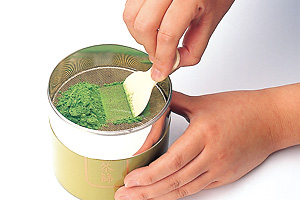
Importance of sifting Matcha
Since Matcha is a very fine powder it tends to coalesce over time. It is therefore highly recommended to sift the tea in a fine-meshed strainer before use to avoid lumps in the tea.
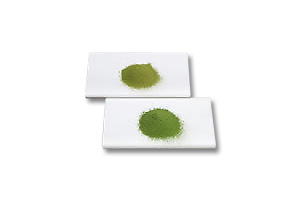
Colour and flavour of Matcha
Fresh high-quality Matcha has a beautiful and attractive vibrant light green colour. However, with age and if exposed to open air, it turns a dull olive. The taste of the tea undergoes a similar change. It is therefore important to pay attention to the way the tea is stored. Matcha is best kept in a dark, cool and dry place sealed off from air access. Also, once a can or bag has been opened, the tea should be consumed within a short time.
How to store Matcha
Similar to other green teas matcha is adversely affected by heat, humidity, light, air and odor that transfer from other substances. Fresh high-quality matcha has a vibrant green colour, a heady aroma, and balanced flavour. However, when exposed to the above elements, matcha takes on a dull olive hue and the taste disintegrates. It is therefore important to store matcha properly.
One of the best ways of preserving the quality of matcha is to refrigerate it whether the container is opened or not. Once opened, our pull-top canned Matcha should be refrigerated and should be consumed ideally as soon as possible. If frozen in an unopened can, matcha retain its freshness for several months. To prevent Matcha that was stored in the refrigerator or freezer from clumping when exposed to air, it should be allowed to warm up to room temperature before the package is opened.
Growing and Processing of Matcha
Growing and Processing of Matcha
From Growing to Production of Tencha
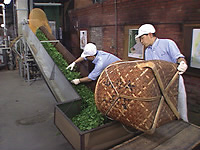
Crude Tea Production Factory
Tea leaves grown for matcha are harvested only once a year. The trees are dormant during the winter, and the growth of new leaves and their harvesting occur within a very limited time frame of less than two months.
- In the middle of April, when new tea leaves are about to sprout, tea bushes for matcha are covered with a screen made of reed to shut out more than 50% of the sunlight.
- After another ten days, straw is spread out on top of the reeds to shut out even more light. As a result, young tea leaves grow very thin and wide to capture the little sunlight that filters through the cover. Due to this method, the tea leaves become bright green with high amounts of chlorophyll. As well, the tea develops more umami, less astringency, a fuller body, and overall improved flavor profile and character.
- A few days after the straw is added to the reeds, from early to mid May, the young tea leaves are harvested individually by hand.
- The young tea leaves are brought to the tea processing facility soon after harvesting and steamed thoroughly to stop fermentation and maintain the vivid green colour of the leaves.
- The tea leaves are dried in two steps, the second of which is done on a conveyer belt that passes through a brick oven called a ‘Hoiro’.
- Tea leaves are completely dried and are still whole. At this stage the leaves are called Tencha.
- Tencha is stored in large sealed wooden boxes that are kept refrigerated until further processing. Little by little, as required, the wooden boxes are brought out of refrigeration and the dried tea leaves undergo furthering processing.
The processing of Tencha to Matcha
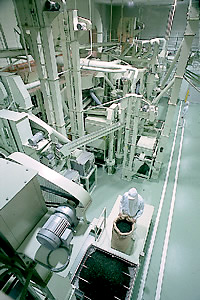
Finishing Facility
- The dried Tencha leaves are cut into a uniform size then sifted and cleaned several times to remove stems, veins and other debris.
- The cut leaves are then dried again to increase the aroma peculiar to Tencha.
- At this stage the quality and distinctive features of each processed batch are discerned from the appearance, flavour, aroma, and colour of the leaves.
- Tencha harvested from different varieties of tea trees, and grown on different soils are blended according to their properties to match the flavour profiles of existing named teas. This allows named matcha to be consistent in their taste and well-balanced characteristics each year.
- After being blended, precision stone mills grind the Tencha into a micro fine powder while enhancing the refined fragrance and flavour of the matcha.


